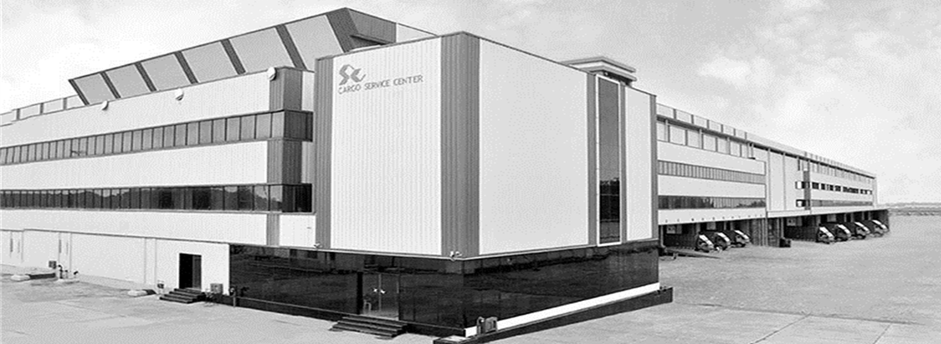Shifting the Narrative: Sustainability as a Business Driver in Air Cargo
Article submitted by: NACO – TIACA Corporate Member
When it comes to climate impacts, aviation is under the microscope more than other industries – and with good reason. While the contribution of air transportation to the global carbon footprint is at 2% this could grow to 20% by 2050. The visibility of the industry, and its pivotal role in globalisation creates a societal responsibility that needs to be taken seriously.
So what is the industry to do?
The answer is to realise a holistic sustainability vision in which our whole aviation community can and will participate. The challenge is to set ambitious targets that will achieve a meaningful change, whilst dividing roles and responsibilities, and being realistic in terms of what is possible – through strategy, implementation, latest technology, or (above all) investment.
The complex air cargo ecosystem
A holistic approach isn’t easy though. In the air cargo industry, where the typical air cargo supply chain is characterised by its many links and stakeholders, which makes a coherent and holistic approach more difficult. Thereby, processes remain largely manual, and equipment and assets are continually “sweated”.
But it’s not impossible. We see a change in the industry’s framework, that could promote sustainability to become a corner stone in any business case in our industry. The perception that sustainability and ‘green’ thinking are a cost driver, rather than revenue generator, is changing and we see opportunities to provide meaningful return on investments and long-term operational success.
The necessity of this change is clear in recent global events and trends, like the ongoing conflict in The Ukraine, global fuel price surges, and rising energy costs in Europe. Energy needs in air cargo handling, for example, will continuously increase – with increasingly larger handling facilities, a shift to more high-value and perishable commodities requiring more specialised and conditioned facilities.
Putting sustainability at the centre of air cargo
Fundamentally, the way we approach sustainability as a society has evolved significantly over the last decade. Our approach has changed from a patchwork of initiatives and beliefs to a holistic view of resources, impact on our environment, and how we treat each other. On a high-level this is condensed in the UN’s Sustainable Development Goals, which in turn have been translated on national and regional levels in ambitious but attainable targets.
The result are benchmarks, such as IATA / ICAO standards, setting a minimum sustainable effort and requirement in how we build, renovate, own, and operate assets. This effectively requires that for any baseline decision it is obligatory to incorporate sustainability to some extent. Going the extra mile to implement fully sustainable solutions is a future-proof investment – considering their positive impact on business resilience.
This legislative framework driving a minimum level of consideration results in a substantial growth of the choice and diversity in sustainable design and technology solutions. A competitive market has driven continuous improvements, bringing down costs, that are now close to the business-as-usual and conventional solutions.
Sustainability – no longer a trend but a competitive advantage
And so sustainability has become more than a trend, and is an embedded mindset in how we do business – and in turn a marketable advantage to those who take the steps to be ambitious.
Ultimately, the business case of any stakeholder in the air cargo supply chain benefits from embedding a sustainable mindset. The upfront investment in sustainable solutions is continuously diminishing compared to business-as-usual, and what gap remains is quickly offset by the savings against rising consumption and operational costs in resources.
Let’s look at a scenario where a global multi-national-company (MNC) has to choose a cargo hub for transshipment of its goods from Asia to Europe and The Delhi Cargo Terminal can boast that it generates sufficient solar energy to power its cargo handling equipment. Not only does it boost the competitive advantage of Delhi Cargo Terminal. It also contributes to the MNC’s sustainable business case for the transshipment.

So sustainability is here to stay. In the years to come it will continue to drive commercial decisions – and those not prepared to keep up will fall behind.
Want to gain insights into how to develop cargo at your airport?

